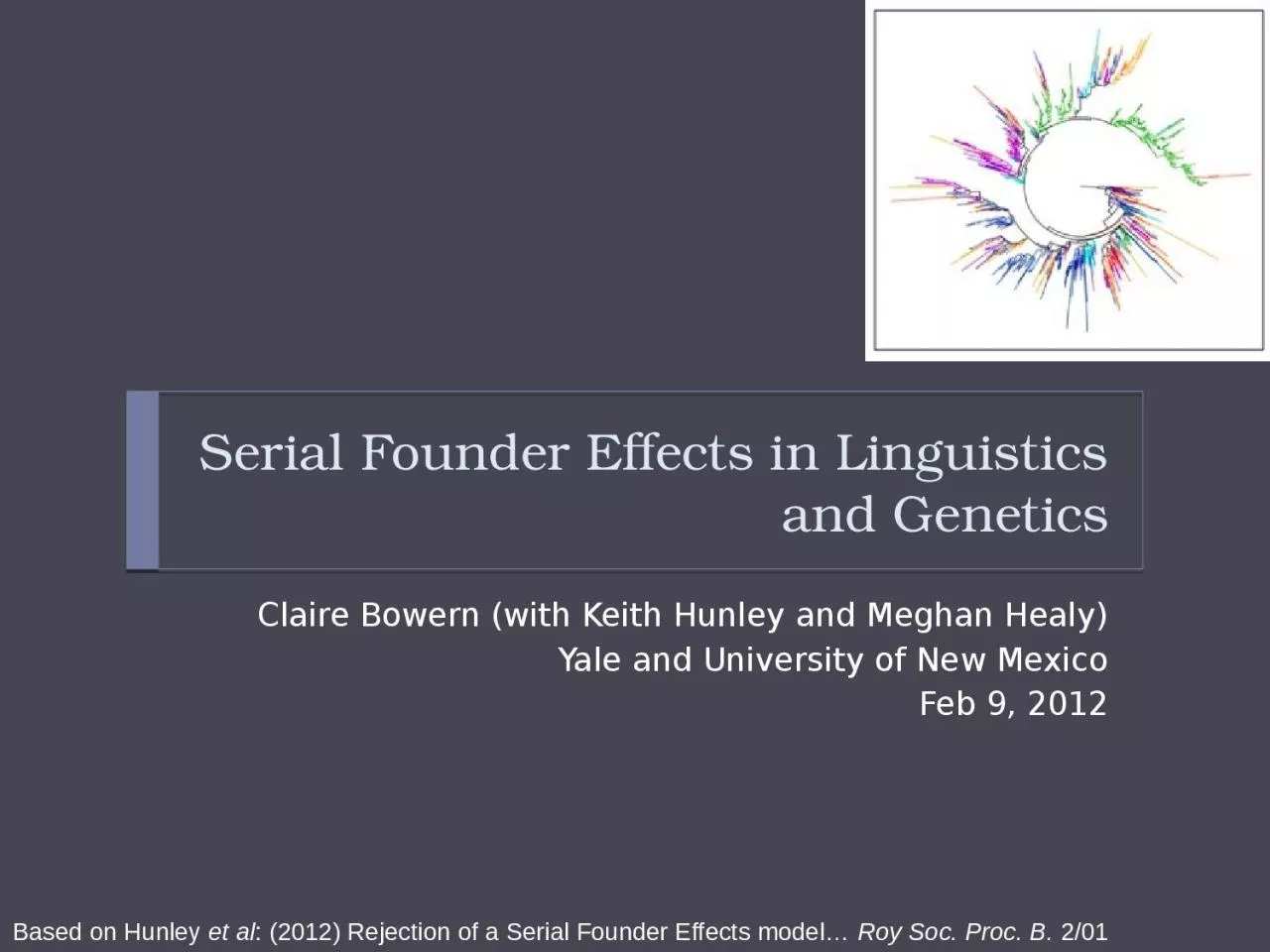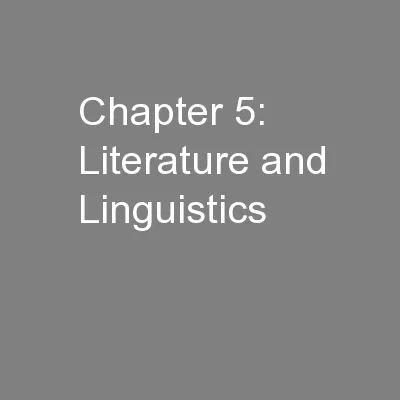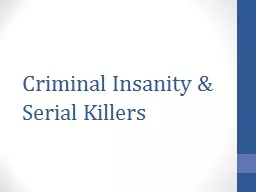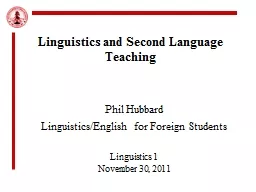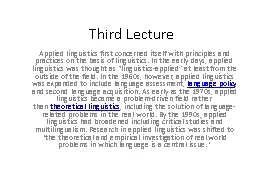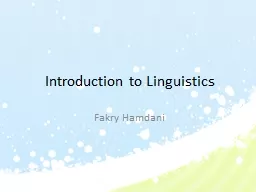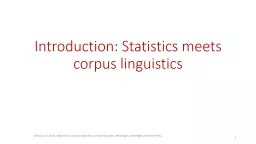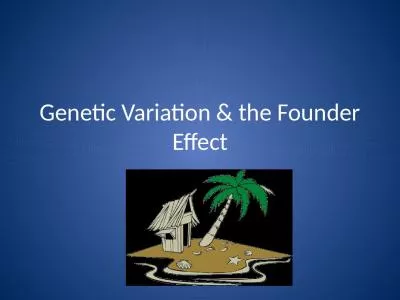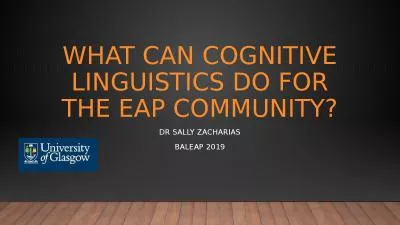PPT-Serial Founder Effects in Linguistics and Genetics
Author : jalin | Published Date : 2024-03-13
Claire Bowern with Keith Hunley and Meghan Healy Yale and University of New Mexico Feb 9 2012 Based on Hunley et al 2012 Rejection of a Serial Founder Effects
Presentation Embed Code
Download Presentation
Download Presentation The PPT/PDF document "Serial Founder Effects in Linguistics an..." is the property of its rightful owner. Permission is granted to download and print the materials on this website for personal, non-commercial use only, and to display it on your personal computer provided you do not modify the materials and that you retain all copyright notices contained in the materials. By downloading content from our website, you accept the terms of this agreement.
Serial Founder Effects in Linguistics and Genetics: Transcript
Download Rules Of Document
"Serial Founder Effects in Linguistics and Genetics"The content belongs to its owner. You may download and print it for personal use, without modification, and keep all copyright notices. By downloading, you agree to these terms.
Related Documents

